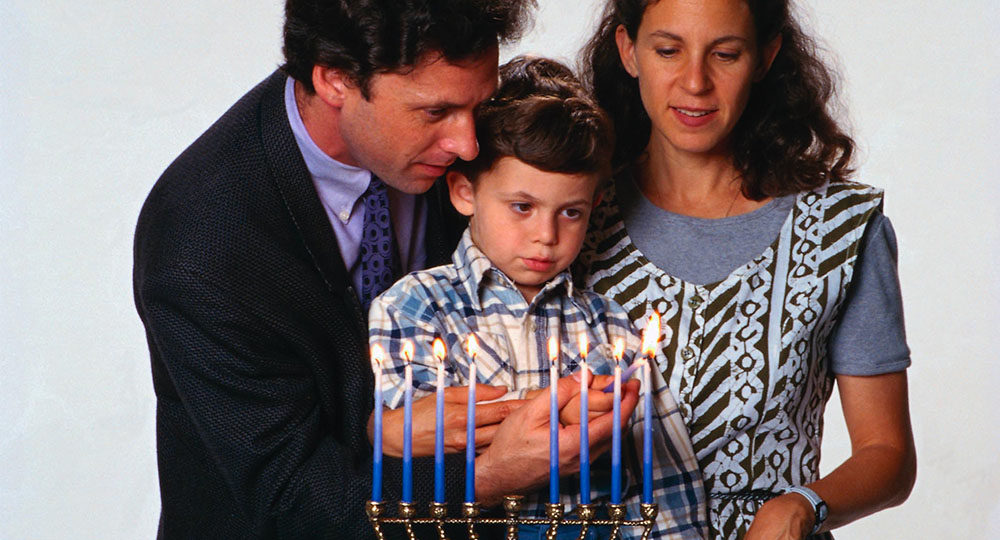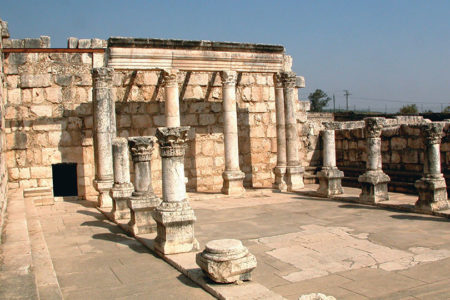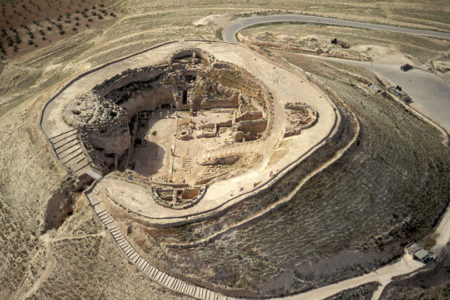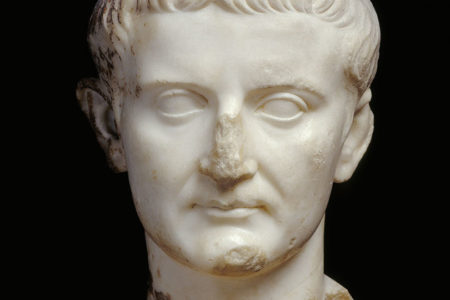Happy Hanukkah
On December 15, as it grows dark, our family will gather around the dinner table to light the first candle on a nine-armed candelabra and sing Maoz Tzur Yeshuati: “The Strength of My Rock Is My Salvation.”
It will be the first evening of Hanukkah, an eight-day celebration by Jewish people around the world to mark their deliverance from a brutal tyrant almost 2,200 years ago.
Children will play a special game called sevivon, meaning “dreidel,” or “top.” The sevivon has four Hebrew letters on it: nun, gimmel, heh, and peh. Here in Israel, the letters signify the words Nes gadol hayah poh: “A great miracle happened here.” If you examined a dreidel in a Jewish home outside Israel, you would notice that the letter peh is exchanged for the letter shin, which stands for the word sham, meaning “there.”
In every period of history, someone has wanted to annihilate world Jewry. In 167 B.C. Syrian King Antiochus Epiphanes forbade the Jewish people in Israel to follow the Bible. He cruelly and violently forced them to take on the Hellenistic lifestyle, and he desecrated the Temple by sacrificing a female pig on the altar. He forbade Temple worship, Torah study, Sabbath and other observances and forced the Jews to worship idols.
These were fierce new laws touching the very heart of Jewish life. But a small group of people who lived in the hills around Modi’in near Jerusalem preferred to die rather than give in. The most famous such family was that of Matityahu (Mattathias), the father of the Hasmonean line of priests that ruled in the land after defeating the army of Antiochus in 164 B.C. These zealous Jews, the famous Judah the Maccabee being one of them, fought heroically and cleansed the Temple. The rededication of the Temple is called Hanukkah, the Feast of Dedication.
Why do we celebrate for eight days? Some say it is because the rebels were unable to celebrate the eight-day Feast of Tabernacles while living in the hill caves around Jerusalem, fighting Antiochus. Another reason could be because King Solomon took seven days to dedicate the Temple and had a special ceremony on the eighth day (1 Ki. 8:65–66).
The traditional story of the consecrated oil used to cleanse the Temple miraculously lasting eight days instead of one day is not mentioned in the extrabiblical books of Maccabees, which speak of these events. Nor is it mentioned in any of the traditional prayers for this holy day.
Why do we have nine arms on the candelabra? During their wilderness wan -derings, the Israelites carried a seven-armed candelabra made by Bezalel Ben-Uri. This menorah stood in the first and second Temples. In order not to copy this “holy menorah,” the Hasmoneans built the hanukiyah with nine arms: eight to hold the celebration candles that are lit—one for each evening as the holiday progresses—and one with which to light the other candles. This particular candle is called the shamash, meaning “servant.”
The hanukiyah is usually set in the window so that all can see it and be reminded of the victorious and heroic deeds of the Maccabees.
by Anat Kalisher in Jerusalem, Israel







